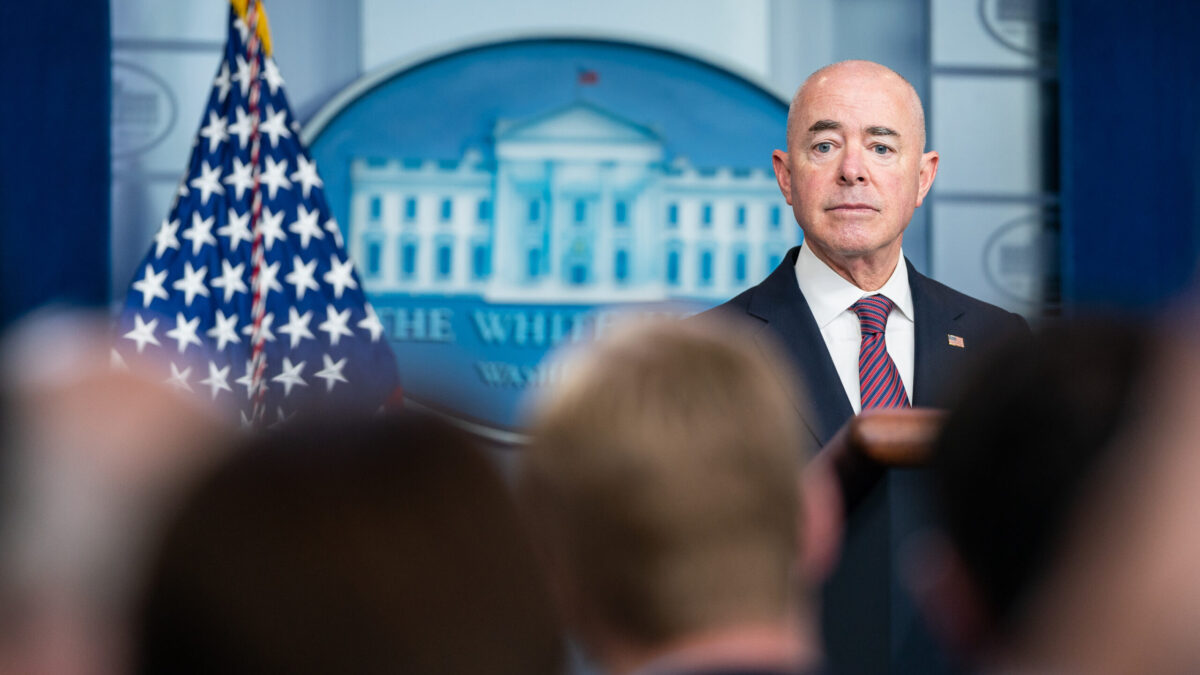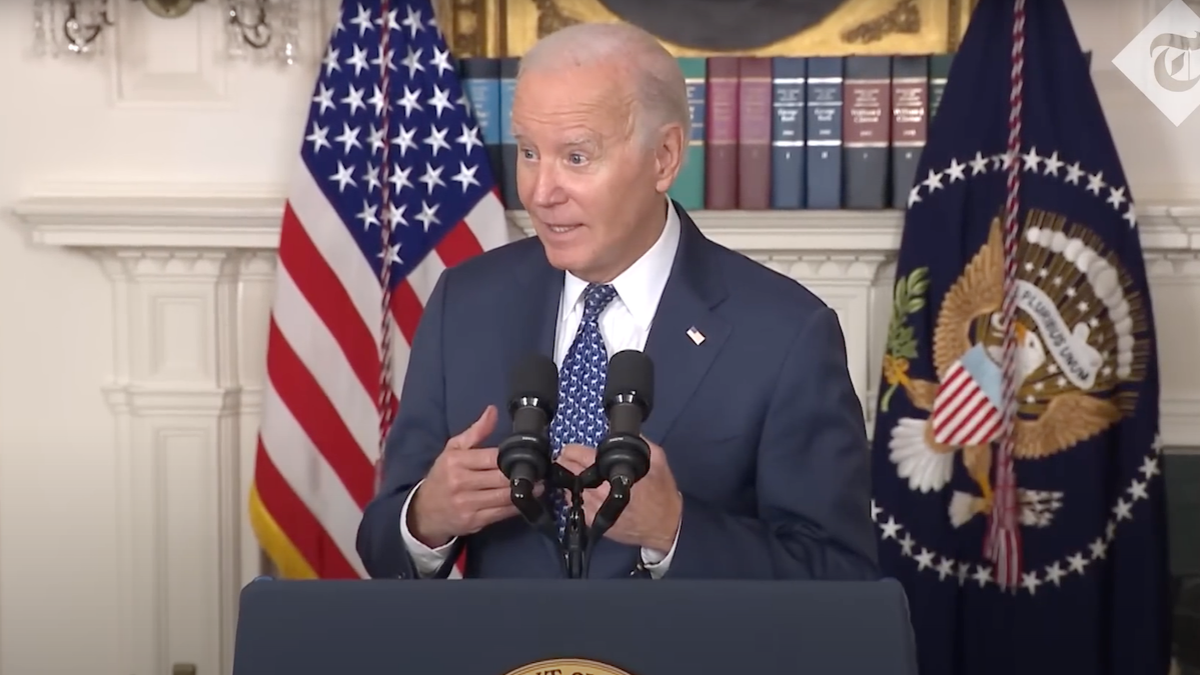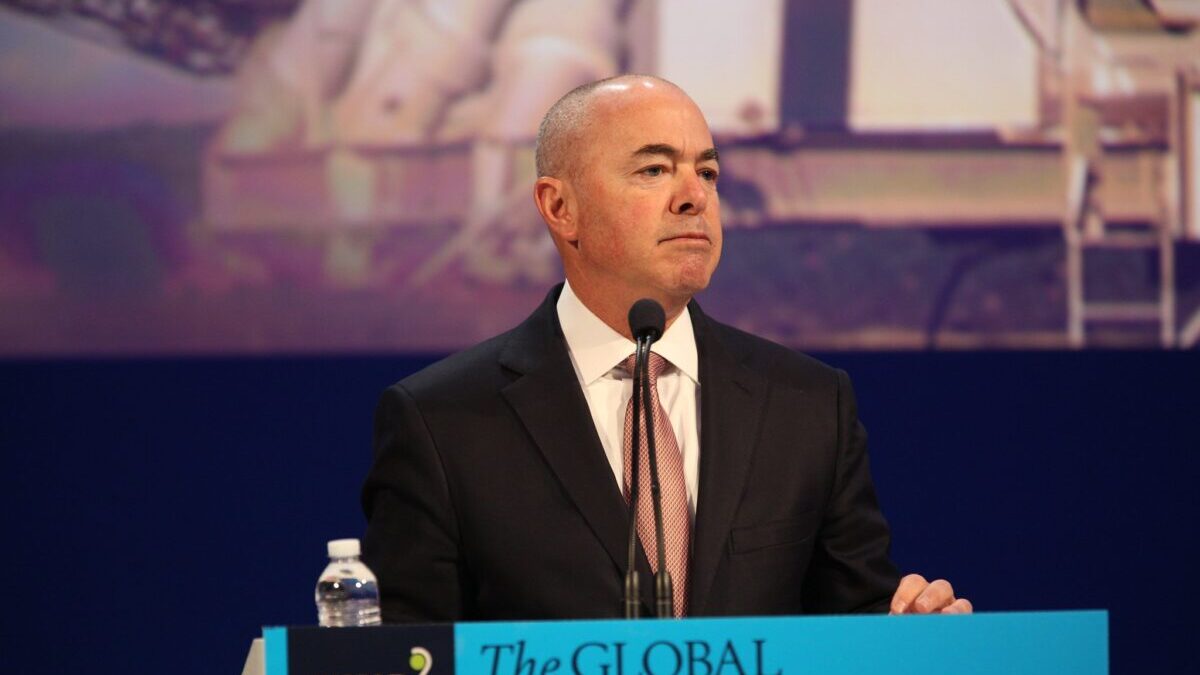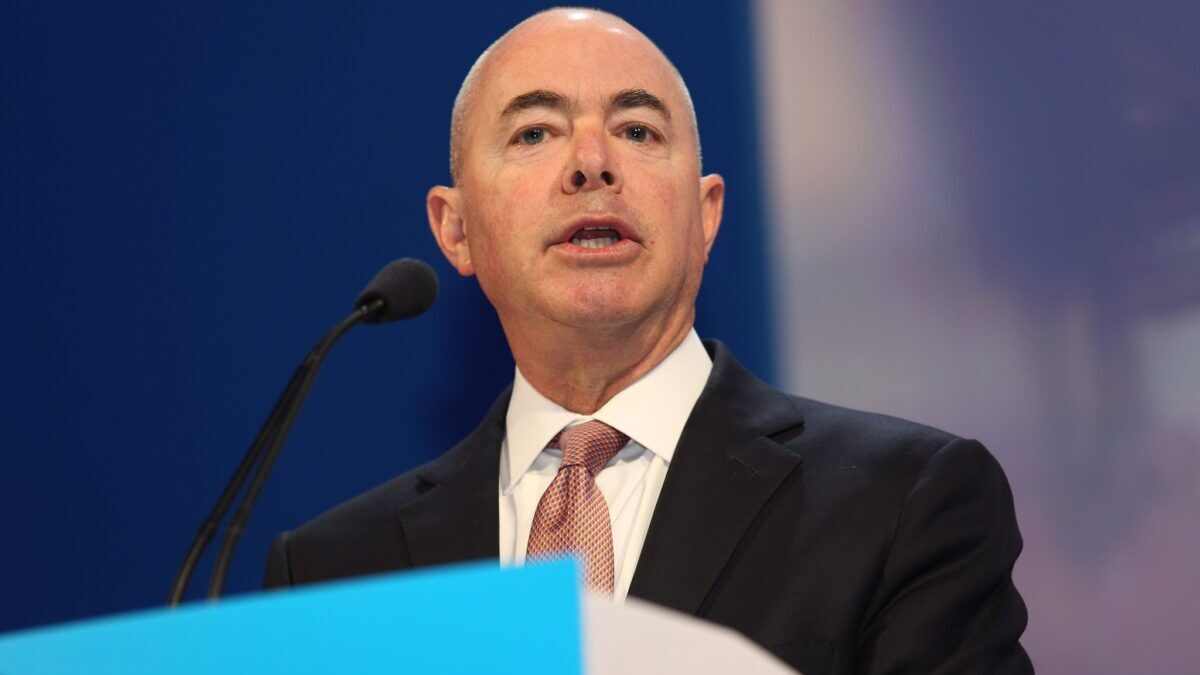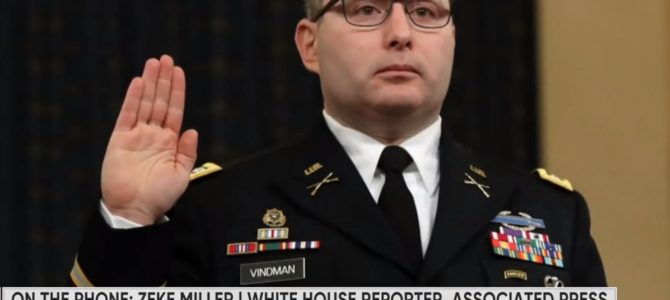
The most interesting thing about Byron York’s exhaustively reported and richly detailed new impeachment book, “Obsession: Inside the Washington Establishment’s Never-Ending War on Trump,” is that the whistleblower who filed the official complaint that got impeachment rolling isn’t ever identified.
It turns out that the heated discussion over the whistleblower, who was previously identified by Real Clear Investigations as the CIA’s Eric Ciaramella, was a diversion from allowing the American people to understand who was the actual instigator of the failed effort to oust President Donald Trump from office.
Rather than being a witness who independently supported the claims of the whistleblower, the National Security Council’s Lt. Col Alex Vindman was the driving force behind the entire operation, according to the book’s interviews with key figures in the impeachment probe and other evidence. The whistleblower’s information came directly from Vindman, investigators determined.
“Vindman was the person on the call who went to the whistleblower after the call, to give the whistleblower the information he needed to file his complaint,” said Rep. Lee Zeldin, R-N.Y.
“For all intents and purposes, Vindman is the whistleblower here, but he was able to get somebody else to do his dirty work for him,” explained one senior congressional aide.
Vindman was the only person at the National Security Council (NSC) listening in on the infamous call between President Donald Trump and Ukraine President Volodymyr Zelensky to be concerned by it. Vindman immediately began talking to his identical twin brother Lt. Col. Yevgeny Vindman, who also worked at the NSC. The twins both complained to NSC Counsel John Eisenberg. Alex Vindman talked about it with his direct supervisor Tim Morrison, who was also on the call. He talked about it with another NSC lawyer, Michael Ellis.
Vindman testified that he talked to only two people outside the NSC. One was George Kent, a State Department official who dealt with Ukraine. He refused to say who the other person was. Both Vindman and Rep. Adam Schiff, D-Calif., who led the impeachment proceedings, strenuously resisted any attempt by investigators to discuss who the other individual was, admitting only that it was a member of the “intelligence community,” the same nebulous descriptor used for the whistleblower.
In his complaint, the whistleblower claimed “multiple White House officials with direct knowledge of the call” described to him the contents of the conversation. It is unclear if he was sourcing his knowledge just to multiple Vindmans or any other White House officials.
The description of the call appeared to come from the White House’s rough transcript, which Vindman helped prepare. It repeated Vindman’s unique interpretation of the call as seeking foreign interference in a campaign. It mentioned that lawyers had been informed, and Vindman had done just that. The complaint also included information from public news reports.
At first Schiff publicly promised that the whistleblower would testify and that any attempt by the White House to thwart that would be fought vigorously. But then news broke that Schiff’s office had worked with the whistleblower prior to him filing his complaint. Schiff switched his stance to refusing to allow the whistleblower to testify. What’s more, he refused to allow any investigation into how the Ukraine investigation began.
The real instigator of the Ukraine investigation, Vindman, testified before the House Permanent Select Committee on Intelligence on October 29, 2019, and returned to the House in November for public testimony. York writes that Vindman’s extensive testimony was more complex than news reports suggested.
Vindman repeatedly said that he viewed Trump’s phone call with Zelensky as “wrong,” but he was unable to articulate precisely why. He expressed frustration that the elected president was pushing a foreign policy at odds from the “interagency consensus” of the bureaucracy that he felt should control foreign policy.
Vindman admitted under questioning that he had thrice been offered the prestigious position of defense minister for the Ukraine government. Despite his focus on Ukraine at the NSC, Vindman did not appear knowledgeable about well-established Ukrainian corruption problems. Vindman is a Ukrainian American. He grew hostile with members who sought to understand exactly to whom he had disclosed the phone call.
Using detailed information from interviews with White House officials, members of Congress, and their key staff, York shows how Republicans had to deal with Rep. Adam Schiff’s determination to hide from the American public not just who the whistleblower was but anything about the process that led to the whistleblower complaint.
But Schiff’s behavior inadvertently confirmed how the whistleblower found his information. Every time that members asked about the second non-NSC person Vindman disclosed the call to, Schiff and other Democrats would direct the witness to not answer in order to “protect the whistleblower.” York writes:
Could that have been any clearer? The Republican line of questioning established that: 1) Vindman told two people outside the NSC. 2) One of them was George Kent. And 3) The other was in the Intelligence Community but could not be revealed because Democrats did not want to identify the whistleblower. It did not take a rocket scientist to conclude that that unidentified other person was the whistleblower.
York shows that one of the reasons Republicans stopped pressing the issue was that while they opposed Vindman pushing his own foreign policy goals over the president’s, they respected his military service. “Republicans saw Vindman as a loyal American who had strong and inflexible views on what U.S. policy toward Ukraine should be and who was offended, and spurred to action, when the President of the United States appeared to change them,” York writes.
When Vindman retired from the Army in July 2020, media reports claimed he did so because of a hostile work environment. He had been transferred from the NSC in February 2020, following Trump’s acquittal on the charges that Vindman’s complaints instigated. Vindman received no punishment for his insubordination and disobeying of a direct order to not work with Congress on impeachment.
“Obsession: Inside the Washington Establishment’s Never-Ending War on Trump” was released today.


